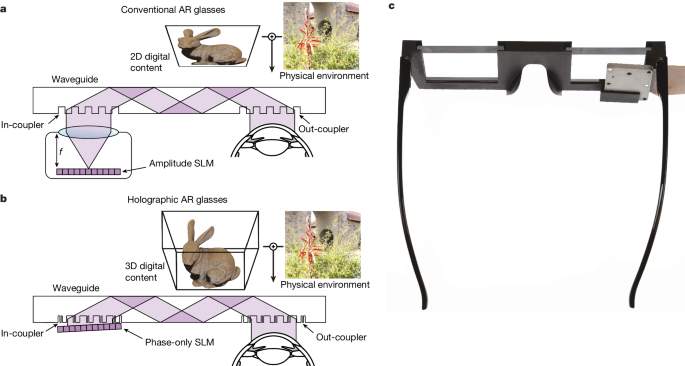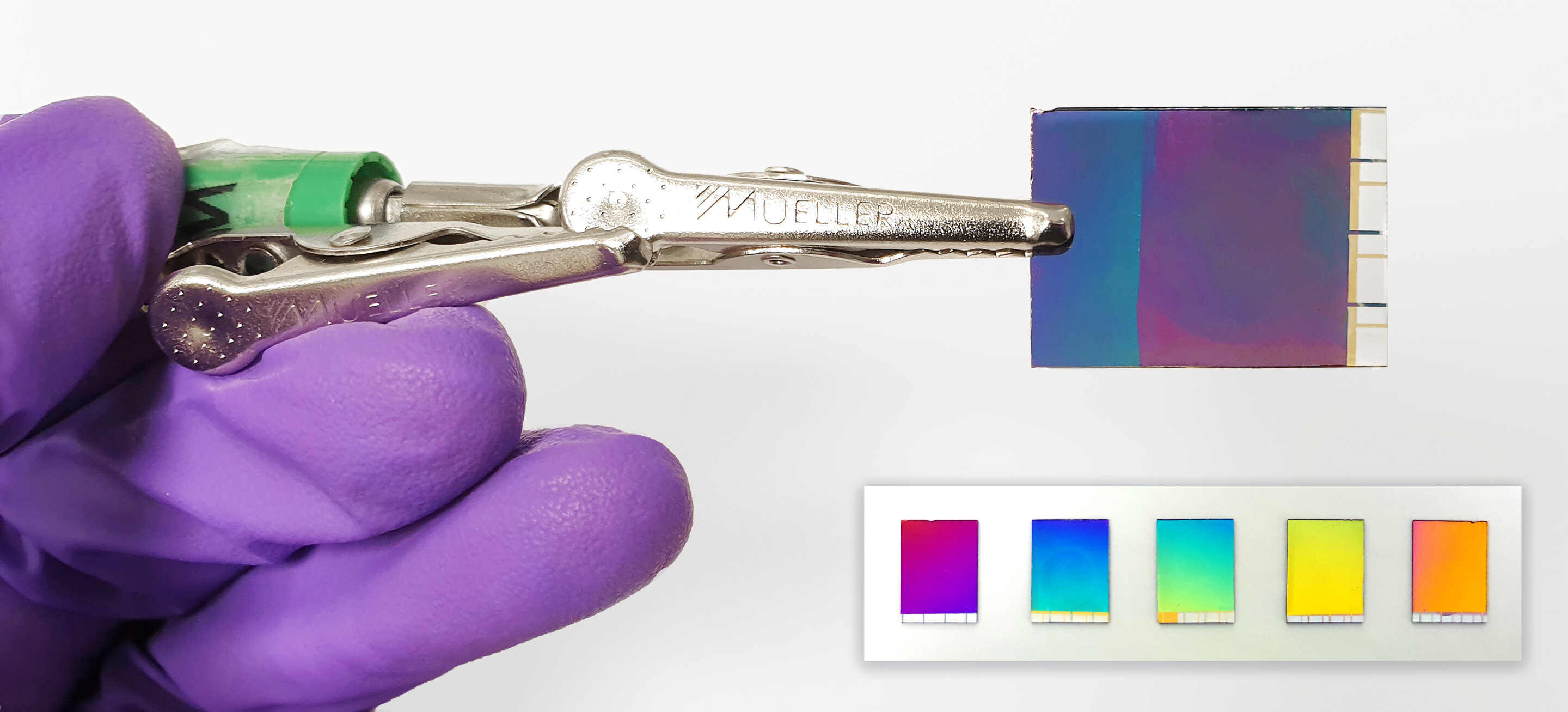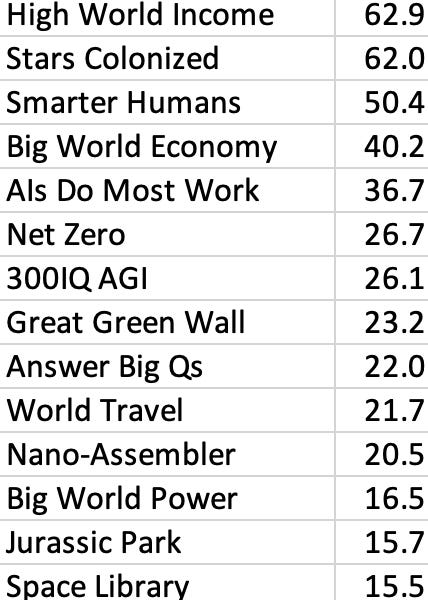
Full-colour 3D holographic augmented-reality displays with metasurface waveguides
Emerging spatial computing systems seamlessly superimpose digital information on the physical environment observed by a user, enabling transformative experiences across various domains, such as entertainment, education, communication and training1,2,3. However, the widespread adoption of augmented-reality (AR) displays has been limited due to the bulky projection optics of their light engines and their inability to accurately portray three-dimensional (3D) depth cues for virtual content, among other factors4,5. Here we introduce a holographic AR system that overcomes these challenges using a unique combination of inverse-designed full-colour metasurface gratings, a compact dispersion-compensating waveguide geometry and artificial-intelligence-driven holography algorithms. These elements are co-designed to eliminate the need for bulky collimation optics between the spatial light modulator and the waveguide and to present vibrant, full-colour, 3D AR content in a compact device form factor. To deliver unprecedented visual quality with our prototype, we develop an innovative image formation model that combines a physically accurate waveguide model with learned components that are automatically calibrated using camera feedback. Our unique co-design of a nanophotonic metasurface waveguide and artificial-intelligence-driven holographic algorithms represents a significant advancement in creating visually compelling 3D AR experiences in a compact wearable device.
Emerging augmented-reality (AR) systems offer new experiences to users and have far-reaching implications for applications that span entertainment, education, communication, training, behavioural therapy and basic vision research1,2,3. To unlock their full potential in consumer applications, however, AR display systems must be compact—ideally no larger than conventional eyeglasses—to enable comfort and style for all-day use. Among the plethora of optical designs proposed for such near-eye displays6,7, waveguide image combiners are the most promising solution for AR glasses because of their compact form factors. Current waveguide designs, however, require projection optics with a thickness proportional to the focal length of the projection lens (Fig. 1a), introducing optical bulk, and they are limited to displaying two-dimensional (2D) images at a fixed distance to the user. These limitations result in reduced perceptual realism and visual discomfort due to the vergence–accommodation conflict4,5 and, even with small projector optics, it is challenging to achieve a device form factor that matches the style of common eyeglasses.


.jpg)



















/cdn.vox-cdn.com/uploads/chorus_asset/file/24748328/236706_Mac_Pro_AKrales_0094.jpg)

